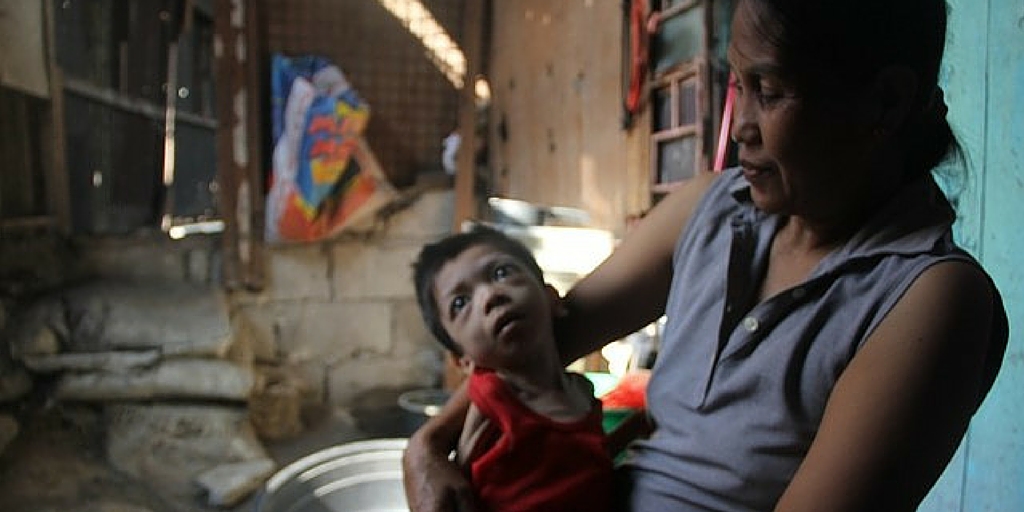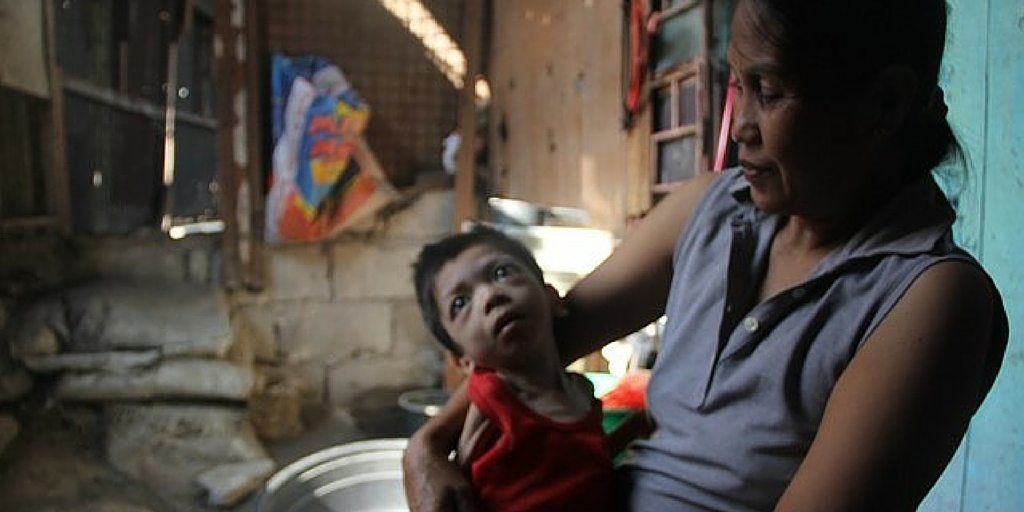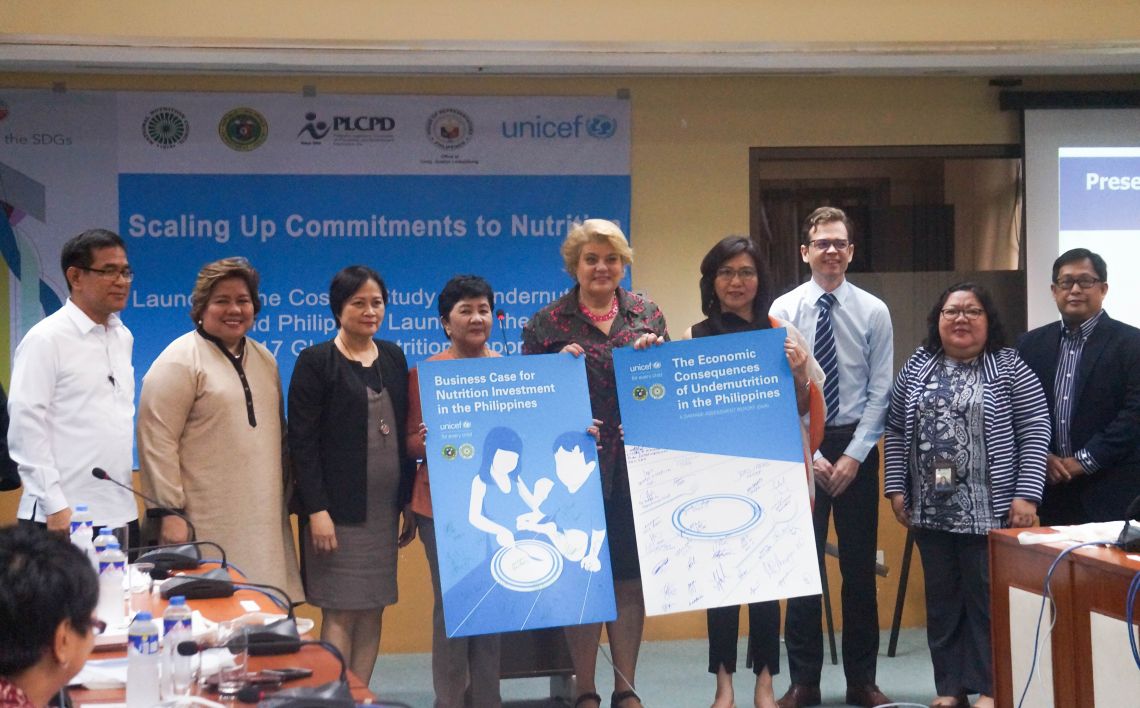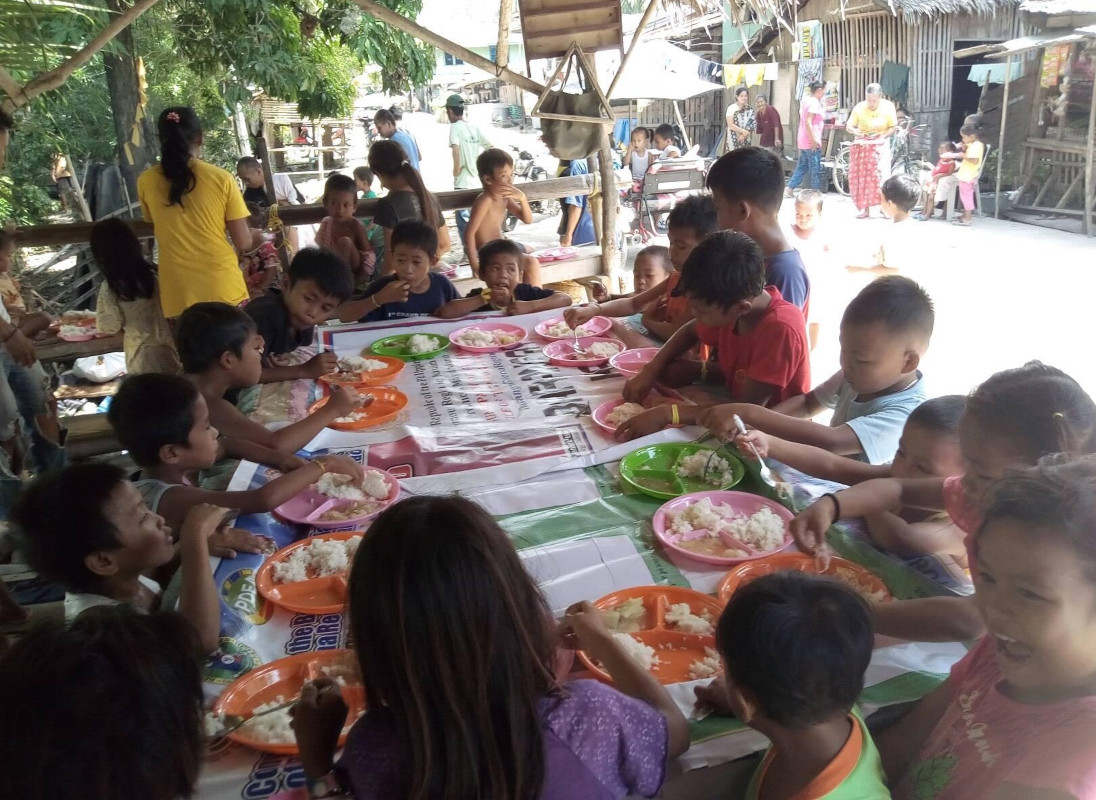
By JAKE SORIANO
SOMETHING is clearly wrong with the boy on the poster. He has disproportionately large eyes. They are the eyes of a three-year-old in an infant’s body.
The boy, Abdul, suffers from severe malnutrition. More, he was born with cerebral palsy, a condition that affects his movement and motor skills.
His story, along with three other children’s, forms part of a campaign launched recently by the international nonprofit Save the Children to raise awareness of pervasive malnutrition in the Philippines, and hopefully to eradicate it.
The campaign comes at a crucial juncture.
This month, the world will see the launching of the Sustainable Development Goals (SDGs), the new set of targets that will define the international development agenda for the next decade and a half.
And next year, the Philippines will elect its next president who, Save the Children said, should make child nutrition a priority.
“We want it to be a centerpiece in the upcoming electoral campaign,” said Ned Olney, country director of the nonprofit at Thursday’s unveiling of “Lahat Dapat,” an advocacy campaign that aims for inclusive development where no children are left behind.
Despite significant economic growth the past few years, the Philippines still accounts for most of the global burden of malnutrition: Millions of Filipino children like Abdul are underweight, stunted or wasted.
Two in 10 Filipino children five years old and below are underweight, Save the Children said in its campaign report, citing the 2013 National Nutrition Survey.
Similarly, three in 10 are stunted or found short for their age. About one in 10 is wasted or too thin for his or her age.
With 3.6 million stunted children, the Philippines ranks ninth in the world, after India, Nigeria, Pakistan, China, Indonesia, Bangladesh, Ethiopia and the Democratic Republic of the Congo.
“Because ‘shortness’ is considered a racial trait, it is not seen as a serious concern,” said Amado Parawan, nutrition advisor for Save the Children.
Yet, Filipinos being “bansot,” he said, may be tied to generational stunting more than genetics.
“Stunting is more than just being short, it impacts children’s futures because it hinders physical and mental growth,” Parawan said.
The Philippines also has one of the highest burden of wasting globally, with some 769,000 children moderately or severely wasted.
Almost half of the global deaths of children below five is due to malnutrition, especially severe wasting. More, it leads to impairments and disabilities.
“If you have a severely wasted child, the other body systems are affected,” said Parawan.
“The immune system is down so you have infections,” he said.
A malnourished child will not have fever when infected and will not have pus when wounded, he said.
Malnutrition also impacts the regular functioning of crucial organs such as the brain, heart, lungs, kidneys and intestines, thus complicating the treatment process.
The expiry of the Millennium Development Goals sees the Philippines gaining moderate improvement in the nutritional status of children, but not enough to achieve by 2015 its targets in hunger and poverty.
Four in 10 households in the country are unable to provide nutritionally adequate meals, and some 1.5 million Filipino children go through an entire day without eating, which is “quite a concern,” said Olney.
The Autonomous Region in Muslim Mindanao (ARMM) registered the highest prevalence of food insecurity.
ARMM is followed by Central Mindanao, where Abdul’s parents are from, before migrating to Taguig 15 years ago in search of a better life.
Both regions are known conflict areas, where displacement of families is fairly common.
What accounts for the Philippines’ slow progress in malnutrition is widespread poverty despite the country’s economic boom.
Save the Children’s report said poverty is “an underlying cause of malnutrition.”
“Economic gains, therefore, should be translated to considerable poverty reduction in order to have a substantial effect on household’s capacity to access basic needs for food and nutrition,” it said.
A lot still needs to be done to improve the situation, said Health Assistant Secretary Gerardo Bayugo.
“It has been our policy to address malnutrition even before a child is born,” he said.
Bayugo said the DOH is distributing free vitamins, especially to underprivileged women, and deworming children.
He said the Philippines is also part of the Scaling-Up Nutrition (SUN) Movement, a global effort to improve nutrition by governments, civil society groups, the United Nations, donors, businesses and researchers.
The country in March 2014 became the 51st of 55 to join the SUN Movement.
Among the initiatives of the collective is to promote targeted action and investment to improve infant and maternal nutrition in the 1,000 days between a woman’s pregnancy and the second birthday of her child.
Save the Children said it supports the country’s “First 1,000 Days Bill,” versions of which have been filed in both the House of Representatives and the Senate, as a measure to combat malnutrition.
The generational scope of the problem means a sustainable solution will take time, said Olney.
“If we wish to break that intergenerational cycle of poverty and malnutrition, then we need to have this national discussion that poverty creates malnutrition and malnutrition keeps people in poverty,” he said.
“But in 15 years, if you really put resources into (nutrition), you would be able to achieve, certainly, the Sustainable Development Goals,” Olney said.


